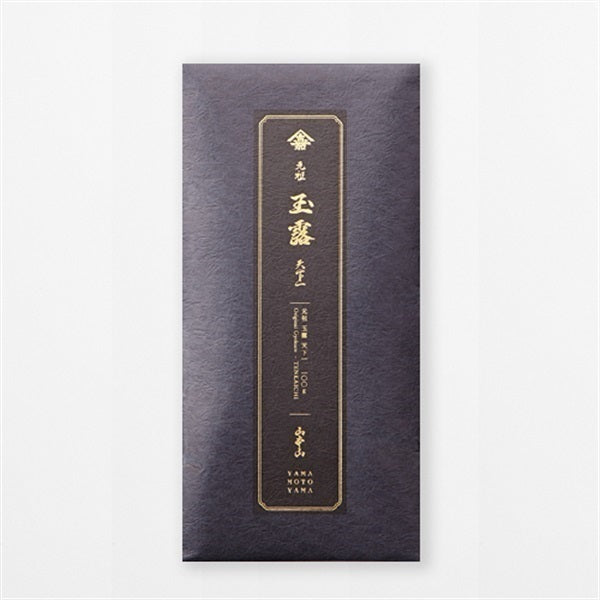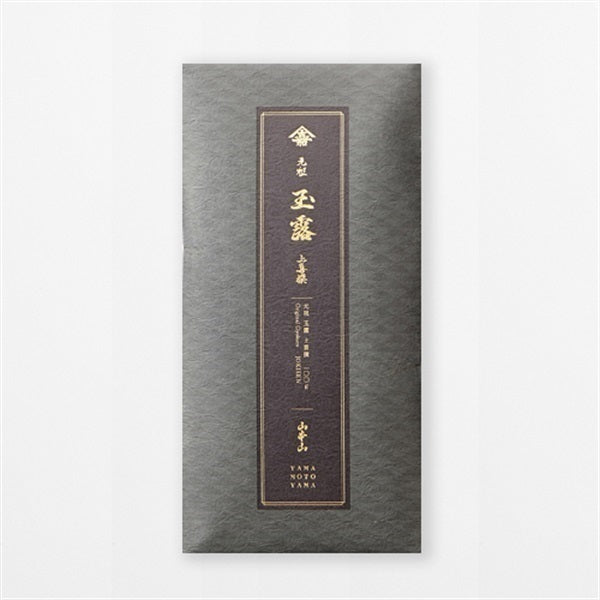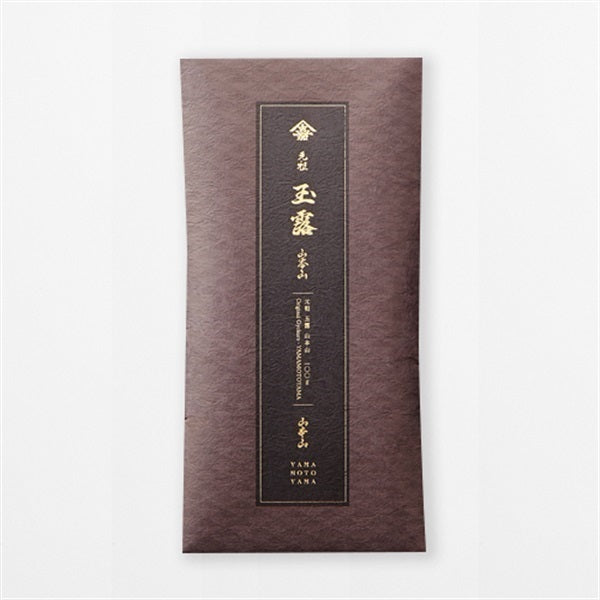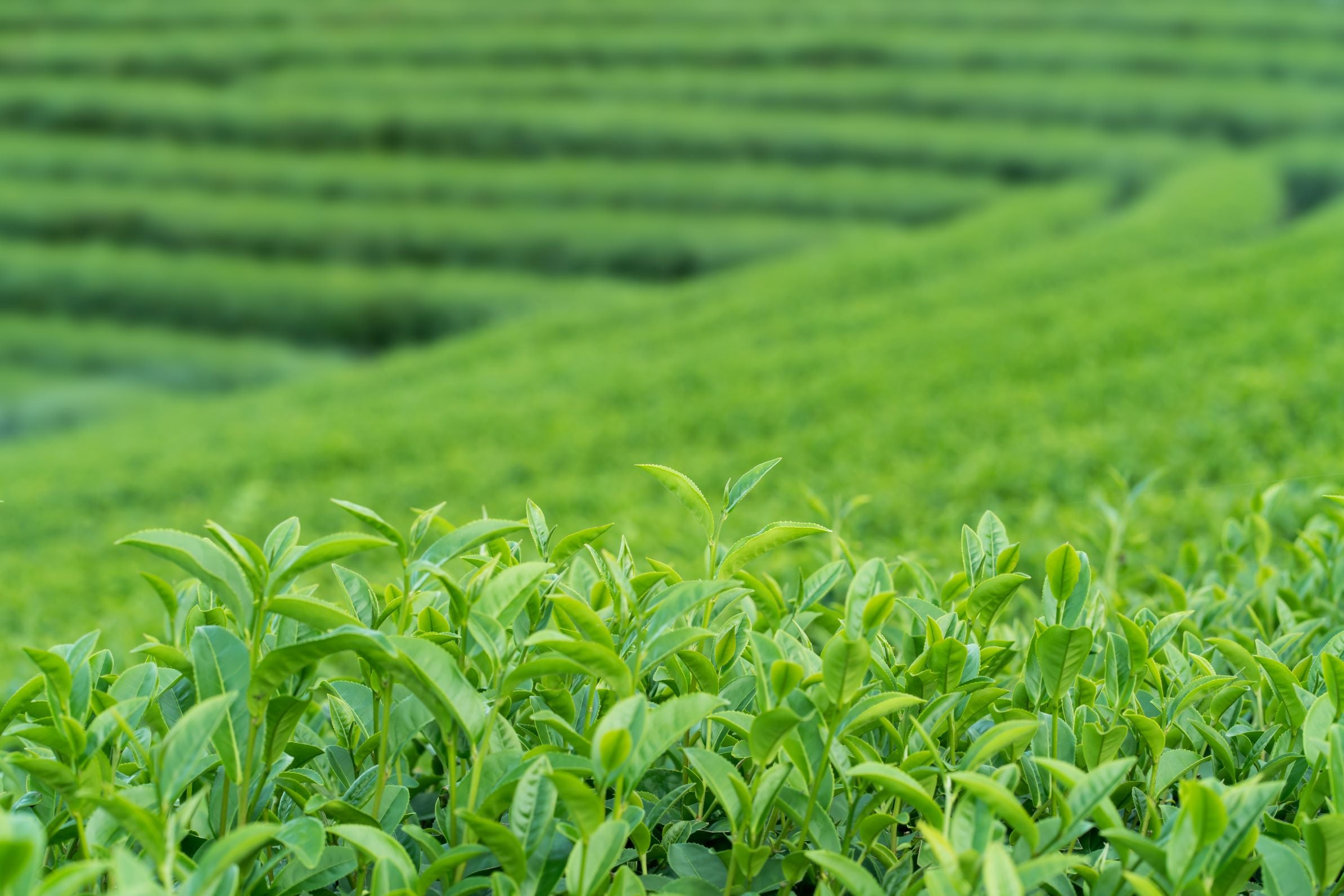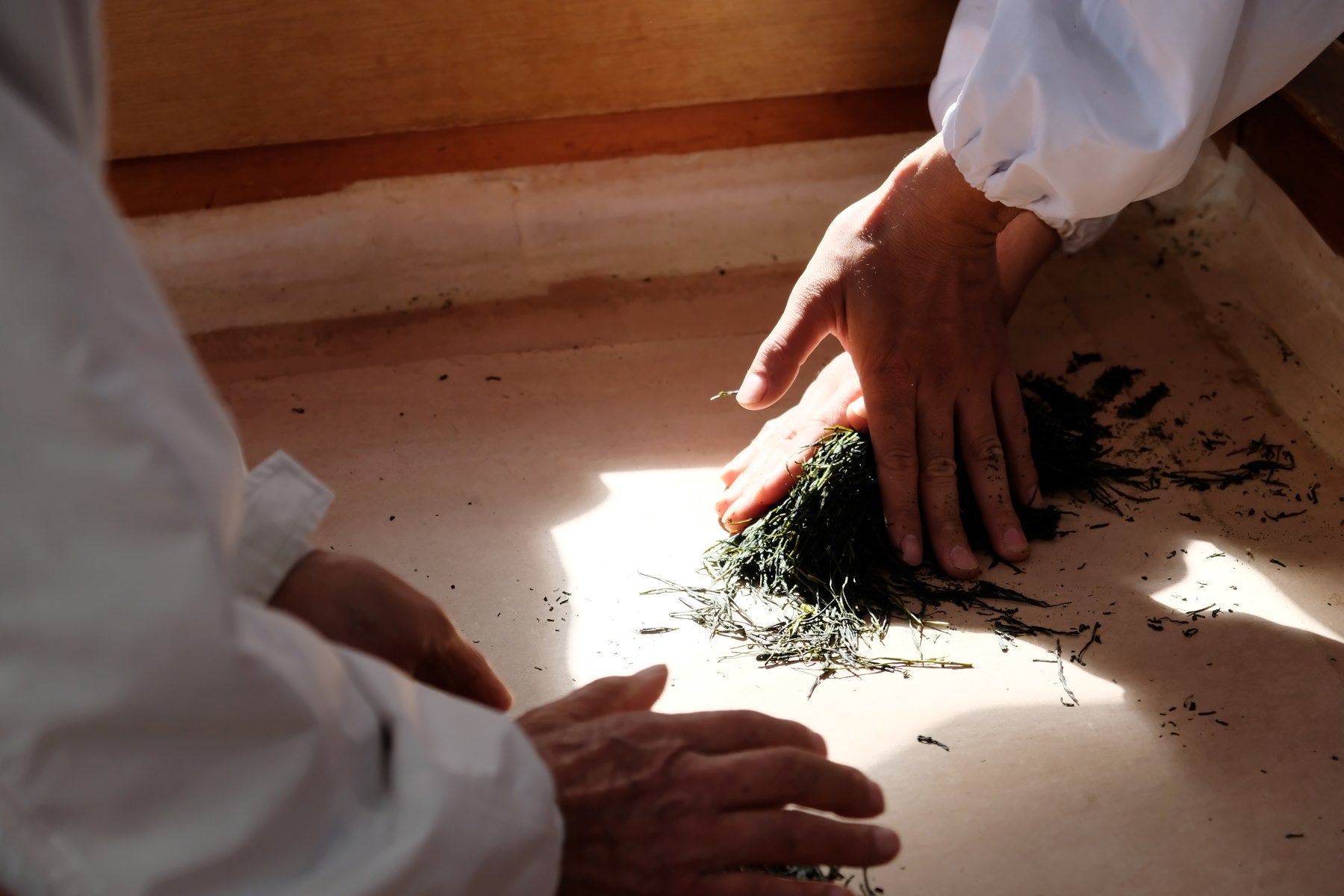
What is Gyokuro? An ancient Japanese energy drink created by the sixth generation of Yamamotoyama
Introduction
Gyokuro is known as a particularly high-class type of Japanese tea, but there are probably not many people who have actually tried it.
Some of you may not know what Gyokuro is or how it differs from regular tea.
In this article, we will introduce you to what Gyokuro is.

What is Gyokuro?
Gyokuro is a type of "green tea" that we drink on a regular basis.
"Futsuu Sencha," commonly known as "green tea," is also green tea, but Gyokuro and Futsuu Sencha can be said to be different types of green tea.

The difference between Gyokuro and regular Sencha
Gyokuro and sencha look very similar. They are made using the same process as sencha, and the tea leaves have the same needle-like shape as high-grade sencha.
However, there are some major differences between this tea and regular sencha, as follows:

1. How tea leaves are grown
The biggest difference is the cultivation method. Gyokuro is grown using a method called "cover cultivation," in which the entire tea field is covered with a tarp to block out sunlight for around 20 days.
This increases the amount of amino acids contained in the tea leaves and concentrates the flavor.

2. Flavor
The special cultivation method explained in 1 gives gyokuro a mellow, rich flavor that is different from sencha.
When exposed to sunlight, the amino acids that give the leaves their umami flavor, especially theanine, are converted into catechins (tannins), which give tea leaves their bitter and astringent taste. However, by shading the leaves from light, this process is prevented, resulting in a mellow taste with strong umami and sweetness and little astringency or bitterness.
It also has a unique fragrance similar to that of green laver, called "mukiko."
It has a smooth, thick texture and a strong umami flavor, almost like drinking Japanese soup stock.

3. Highly relaxing
It has also been found that it contains more theanine, which has a relaxing effect, than regular sencha.
Theanine is an amino acid unique to tea that was discovered in 1950 by Japanese researcher Dr. Yajiro Sakado.
When we are feeling calm, such as when we are listening to soothing music or sipping delicious tea, our brains emit waves that indicate a state of relaxation called alpha waves, and theanine is known to have the effect of amplifying the brain's alpha waves.
Gyokuro and high-grade sencha, which use new buds, are particularly rich in theanine, which has an elegant aroma and a relaxing effect on the mind and body. In recent years, it has been found to improve the quality of sleep, and is often included in supplements.

4. Caffeine content
The nutritional components contained in the tea leaves themselves are not significantly different between Gyokuro and regular Sencha, but what is particularly noteworthy is the amount of caffeine contained in Gyokuro.
The caffeine content decreases the longer the tea buds are exposed to sunlight.
For this reason, gyokuro and matcha, which use young buds that are not exposed to much sunlight, tend to have higher caffeine content.

Amount of caffeine in drinks (per 100ml)
- Gyokuro : 160mg
- Matcha : 60 mg
- coffee : 60mg
- Hot cocoa: 35mg
- Black tea : 30 mg
- Oolong tea: 20mg
- Regular Sencha : 2.0mg
- Hojicha: 20mg
- Bancha tea : 10mg
- Genmaicha: 10mg
- Kamairi tea: 10mg
- Barley tea: 0mg
As mentioned above, gyokuro contains about three times the amount of caffeine as coffee.
Caffeine is said to have a stimulating effect on the central nervous system.
Gyokuro can be considered a traditional Japanese energy drink, perfect for when you want to increase your concentration and work efficiency or wake up.

How to Brew Gyokuro
Gyokuro is a little unique in terms of how it is brewed and its taste compared to other Japanese teas.
When gyokuro is brewed with hot water, the bitter catechins dissolve, so the key is to brew it slowly using a small amount of low-temperature water (50-60°C).
Gyokuro can be enjoyed up to the third brew, so gradually increase the temperature as you brew it for the second and third time, enjoying the changes in flavor.



